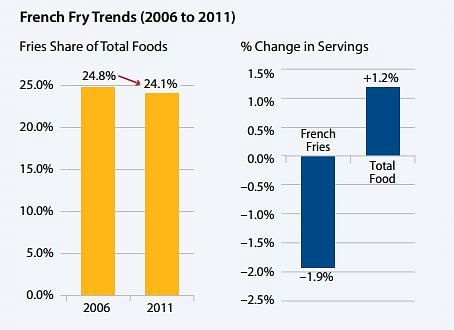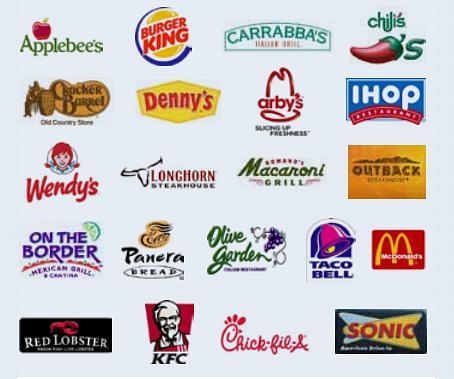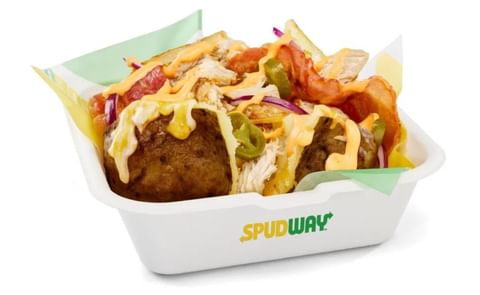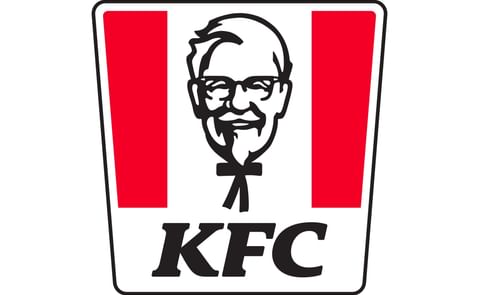Restaurant chains that serve more lower-calorie foods and beverages have better business performance, according to a study by Hudson Institute.
Over five years, chains that increased lower-calorie servings had better sales growth, larger increases in customer traffic, and stronger gains in total food and beverage servings than chains whose servings of lower-calorie options declined.
The authors of the report believe it is the first to determine the financial impact of lower-calorie foods and beverages on the U.S. restaurant industry.
The report, Lower-Calorie Foods: It's Just Good Business, analyzed 21 of the nation's largest restaurant chains, including quick-service chains such as McDonald's, Wendy's, Burger King, and Taco Bell, and sit-down chains such as Applebee's, Olive Garden, Chili's, and Outback Steakhouse. Together these 21 chains have $102 billion in annual U.S. sales and 49 percent of the revenue of the top 100 restaurant chains.
"Consumers are hungry for restaurant meals that won't expand their waist lines, and the chains that recognize this are doing better than those that don't,"said Hank Cardello, lead author of the report, Senior Fellow at Hudson Institute, and Director of the Institute's Obesity Solutions Initiative. Cardello is a former executive with Coca-Cola, General Mills, Anheuser-Busch, and Cadbury-Schweppes.

French Fry trends 2006-2011 French fries are declining in both number of servings and share of total food servings among quick-service chains that have more than $3 billion in sales and greater than 20 percent of chain servings coming from french fries. Source: NPD Group/Crest
The report found that, between 2006 and 2011, lower-calorie foods and beverages were the growth engine for the restaurants studied. In 17 of the 21 restaurant chains evaluated, lower-calorie foods and beverages outperformed those that were not lower-calorie. In addition, chains that increased their servings of lower-calorie items saw positive returns as a result. These chains generated:
- a 5.5 percent increase in same-store sales, compared with a 5.5 percent decline among chains selling fewer lower-calorie servings;
- a 10.9 percent growth in customer traffic, compared with a 14.7 percent decline;and
- an 8.9 percent increase in total food and beverage servings, compared with a 16.3 percent decrease.
Cardello and his colleagues worked with the Nutrition Coordinating Center at the University of Minnesota to develop the calorie criteria used to assess menu items. A main course item such as a sandwich or entree was considered lower-calorie if it had no more than 500 calories. Beverages with 50 or fewer calories per eight ounces were considered lower-calorie. Side dishes, appetizers, and desserts with 150 or fewer calories also were categorized this way. Items that did not meet the criteria are referred to as traditional.
Lower-calorie servings of foods and beverages increased as a percentage of total servings across all 21 chains. Over the five-year period, the chains collectively saw an increase of roughly 472 million in total servings of lower-calorie foods and beverages, compared with a decrease of about 1.3 billion servings among traditional items.
"This report shows that companies can serve both their interest in healthy profits and their customers' interest in healthier eating,"said James S. Marks, MD, senior vice president and director of the Health Group at the Robert Wood Johnson Foundation, which funded the report. "We need more companies to make this shift, and now they have even more reasons to do so."

QSR chains included in the Hudson Institute study
The report used companies' annual reports and data from market research firms to assess same-store sales, total store sales, total food and beverage servings, and customer traffic. It used those figures to assess overall performance as it related to sales of lower-calorie items. Same-store sales is a measurement that tracks the sales revenues of stores that have been open for at least one year. Total servings refers to the number of times a specific menu item was ordered.
This report follows one from 2011, also authored by Cardello, that examined the business impact of selling better-for-you foods and beverages among consumer packaged goods companies such as PepsiCo, General Mills, Nestle, Kraft, Coca-Cola, and Campbell Soup. That report found that companies with higher-than-average sales coming from better-for-you products showed superior sales, operating profits, and company reputations.
"The bottom line is that it's good business to sell more lower-calorie and better-for-you products," said Cardello. "This holds true for major food and beverage companies and for restaurants."












